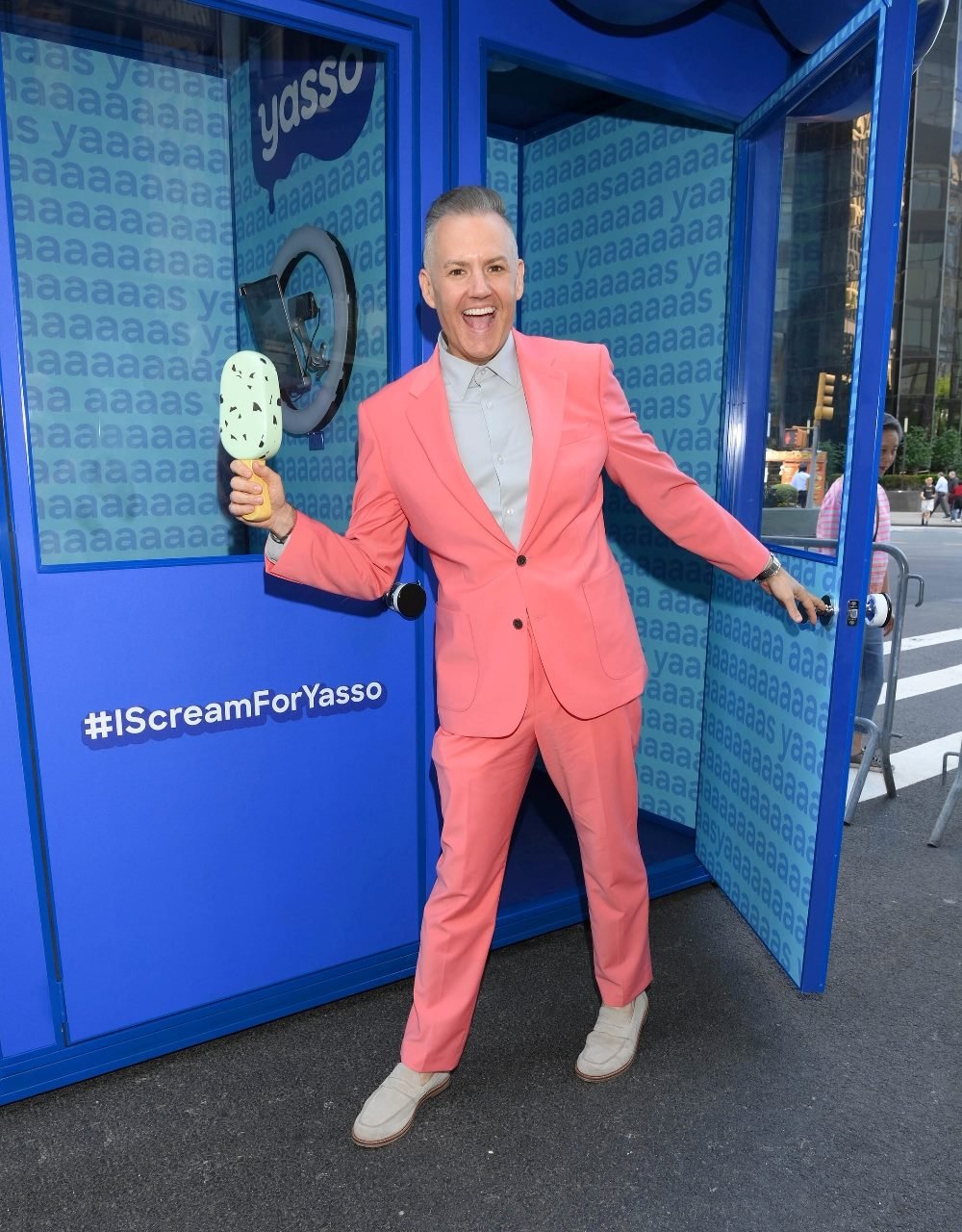The Gist
- Superfans are business assets. Emotional engagement drives repeat purchases, higher CLV, and advocacy — not just “soft” outcomes.
- Experiences fuel loyalty. Immersive, personalized activations turn casual buyers into lifelong advocates.
- Emotion translates to ROI. Brands that connect authentically prove value to the C-suite with measurable “true relationship” metrics.
There’s a misconception in the C-suite that emotional engagement is a “soft” metric. Something nice to have, but not a true driver of business outcomes. This couldn't be further from the truth.
In my work with major brands and entertainers, I’ve found that emotionally engaged customers — what I call superfans — are not just a feel-good bonus; they are a quantifiable business asset. They drive repeat purchases, create organic word-of-mouth marketing and possess a higher customer lifetime value (CLV) than your average customer. In a competitive landscape, turning customers into superfans is the most strategic move a brand can make.
So how do you create these powerful connections and, more importantly, prove their value to the CMO and other C-suite leaders? It all comes down to reframing the conversation. Emotional engagement should be the outcome. That emotional response is what happens when a brand, with strategic precision, moves someone from a simple transaction to a deeply felt relationship. These relationships are what create measurable business results, making emotional engagement a core driver of ROI.
Table of Contents
From Experience to Superfan
Creating these "superfan moments" is a craft, and it's where the power of experiential and field marketing comes into play. I've seen firsthand how a well-designed brand activation can take a community of enthusiasts and turn their shared passion into a tangible driver of customer loyalty and growth. Brands must stop just showing up and start celebrating their fans, inviting them into immersive, interactive spaces.
Co-Creation As the New Loyalty Driver
When I spoke with Inspira, an agency that specializes in this very kind of work, they put it perfectly: they design activations that create opportunities for co-creation and personalization. This approach both deepens customer engagement and transforms existing enthusiasm into a self-sustaining cycle of loyalty and advocacy. It’s the difference between a brand telling a story and a fan getting to live it.
Measuring Emotional ROI With True Relationship Metrics
But what about the metrics? The C-suite needs more than just a feeling to justify an investment. Beyond traditional measures like Net Promoter Score (NPS) and customer retention, I advise leaders to focus on what I call the "true relationship" metrics: consumer engagement, regard uniqueness and meaningfulness.
These metrics capture the strength of the relationship and provide a clearer picture of an experience's business impact. For example, a high-regard score indicates that a customer respects and trusts your brand, which directly translates to a greater willingness to recommend it.
Related Article: Is Customer Empowerment the New Customer Engagement?
The Human Heart of a High-Tech World
In our AI-augmented age, many fear that technology will replace the human connection at the heart of customer experience. I believe the opposite is true. AI and data tools are powerful amplifiers, not replacements. They can scale personalization, deliver insights and enable unique co-creation opportunities that were previously impossible. But only human storytelling and authentic experiences can truly create the emotional loyalty that fuels a superfan.
AI As an Amplifier, Not a Replacement
AI can help you get the right message to the right person at the right time. It can power a personalized quiz that recommends the perfect product or an interactive game that makes a brand activation more engaging. Yet, the foundational connection, the why a person cares about your brand, remains a human one.
The SUPER Model for Predictable Outcomes
This brings me to my SUPER Model, a framework that helps leaders translate emotionally charged experiences into predictable financial outcomes. By using a data-informed approach, you can create a strategy that identifies, cultivates and rewards your superfans, turning emotional wins into financial ones that resonate in the boardroom.
From 'I Scream' to Tangible Results
A great example of this is a project launched by Unilever’s Yasso brand. To turn an everyday frustration into a fun, shareable moment, Yasso launched the "I Scream for Yasso" tour.
Case Study: Yasso’s Emotional Activation
Partnering with PR agency MullenLowe U.S. and Inspira, the brand leaned into integrated marketing to amplify the emotional connection. The tour kicked off with a broadcast integration on The Drew Barrymore Show and a partnership with TV personality Ross Mathews. The goal was to tap into a universal feeling, the need to let off steam, and connect it directly to the joy of Yasso’s frozen Greek yogurt.
By giving people a way to release their frustrations in a fun, branded space, the campaign created a deeply emotional and memorable experience. This wasn't just a sampling event; it was a movement that leveraged real-world activations and celebrity partnerships to generate massive reach. The result was a significant boost in brand awareness and consumer engagement, turning casual fans into loud and proud advocates.

Turning Experiences Into Measurable Growth
The takeaway for CMOs and other C-suite leaders is clear: customer experience is not a support function, but a strategic growth lever. When you treat emotional engagement as a core business driver and invest in creating authentic, memorable experiences, you unlock the full ROI of turning customers into superfans.
The brands that will win in the future are the ones that don't just sell a product but build a relationship.
Learn how you can join our contributor community.
